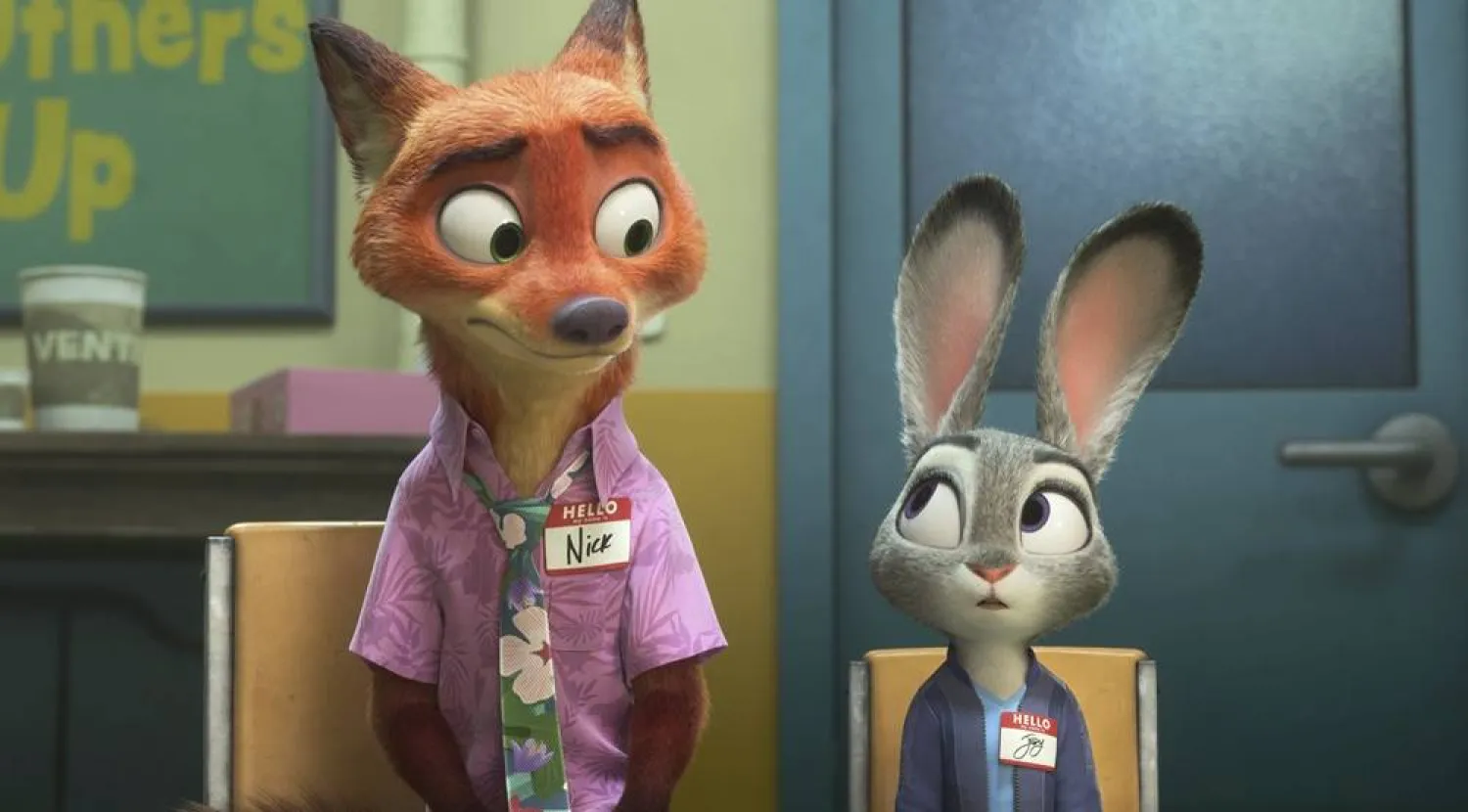Anouk Aimée, the radiant French star and dark-eyed beauty of classic films including Federico Fellini’s “La Dolce Vita” and Claude Lelouch’s “A Man and a Woman,” has died. She was 92.
Aimée’s agent, Sébastien Perrolat said in a text message to The Associated Press that Aimée died Tuesday morning “surrounded by her loved ones.” He did not give a cause of death.
“I was beside her when she died this morning, at her home in Paris,” Aimée’s daughter Manuela Papatakis wrote on Instagram.
Aimée worked with an array of acclaimed directors, including Jacques Demy, Bernardo Bertolucci, Jacques Becker, Robert Altman and Sidney Lumet. She was perhaps best known for 1966’s “A Man and a Woman,” in which she starred opposite Jean-Louis Trintignant as a widow who meets a widower race-car driver (Trintignant) at the boarding school where each has a child attending.
The film was an enormous success, winning the Palme d’Or at the Cannes Film Festival. Aimée won a Golden Globe for her performance and was nominated for an Oscar. The film won Academy Awards for Lelouch’s screenplay and for best foreign language film.
But Aimée’s career spanned seven decades — she reunited with Lelouch and Trintignant for 2019’s “The Best Years of a Life” — and across that time remained a uniquely elegant and enigmatic presence. She starred in Fellini’s “La Dolce Vita” (1960) as the seductive socialite Maddalena and again in the director’s “8 1/2” (1963) as the estranged wife of Marcello Mastroianni’s filmmaker.
Fellini once said Aimée “represents the type of woman who leaves you flustered and confused — to death.” He said she belonged among the pantheon of cinema’s “great, mysterious queens,” comparing her to Greta Garbo, Marlene Dietrich and Joan Crawford.
“A film is always much richer when actors have the confidence not to explain, but just to do; when they feel secure enough to leave things open,” Aimée told The Guardian in 2007.
Aimée was born Nicole Françoise Florence Dreyfus on April 27, 1932, to actor parents Henri Dreyfus (who acted under the name Henry Murray) and Genevieve Sorya. At the age of 13, Aimée was walking down a Paris street when the director Henri Calef stopped her and asked if she would like to be in a movie. Aimée later said she was on the way to see “Double Indemnity” with her mother.
Aimée took her character’s name, Anouk, from her first film: “The House Under the Sea.” “Aimée” — the French word meaning “loved” — came from the poet Jacques Prévert who co-wrote her first lead role in 1951’s “The Lovers of Verona,” a modern-day “Romeo and Juliet.”
Following “La Dolce Vita,” Aimée starred in Jacques Demy’s “Lola” (1961) a New Wave soap opera about a cabaret entertainer with a string of lovers. “Lola,” Demy’s first film, was less appreciated at the time but is now considered a standout of French New Wave cinema. Eight years later, Aimée reprised the role in the Los Angeles-set “Model Shop,” playing a woman working in a photo studio.
Aimée married and divorced four times. The first three marriages — to Edouad Zimmermann, the filmmaker Nikos Papatakis, the actor and composer Pierre Barouh — didn’t last four years. Her longest was to the British actor Albert Finney, whom she was married to from 1970 to 1978.
Though Aimée had brushes with Hollywood, including Lumet’s “The Appointment” and Altman’s “Prêt-à-Porter,” she remained largely a European film actor. Among the roles she turned down was Vicki Anderson in “The Thomas Crown Affair,” the role that eventually went to Faye Dunaway who starred opposite Steve McQueen.
But Aimée remained a legend in France. She won best actress in Cannes for the 1980 dark comedy “A Leap in the Dark.” In 2002, she was given a lifetime achievement award at the Césars, France’s equivalent to the Oscars. On Tuesday, Paris Mayor Anne Hidalgo, in a statement, called her “the symbol of elegance, talent, commitment.”
“The secret — it was Fellini who taught me this — is that the most important thing of all is to listen,” Aimée told The Guardian of acting. “Just listen, to what the other characters say. And don’t take it too seriously. So, no regrets.”









